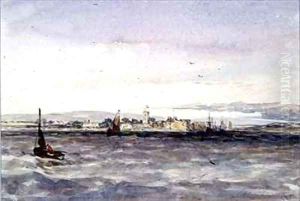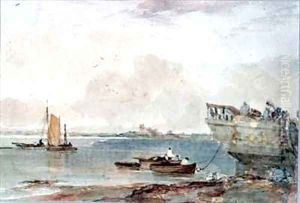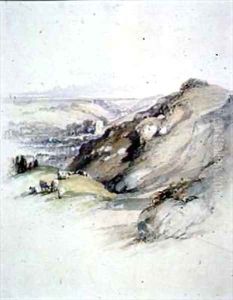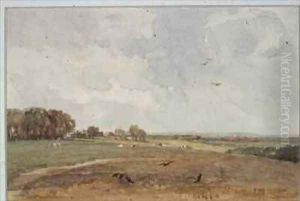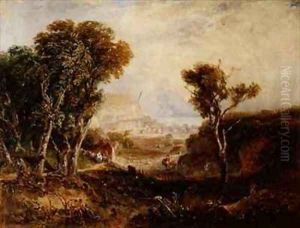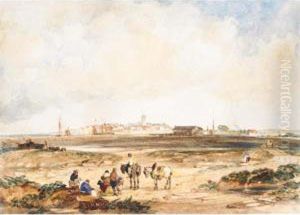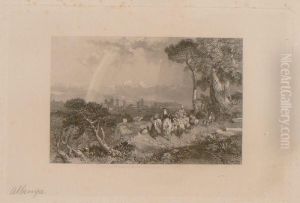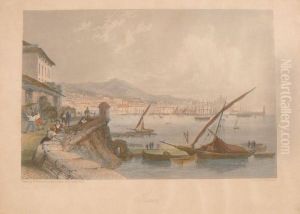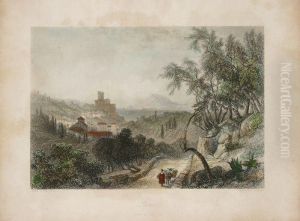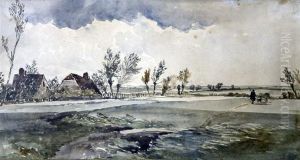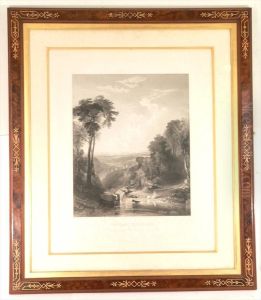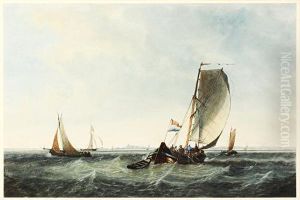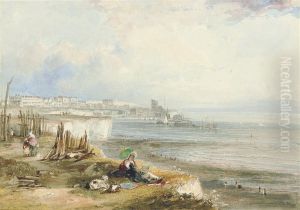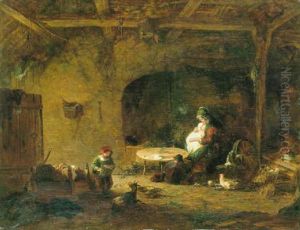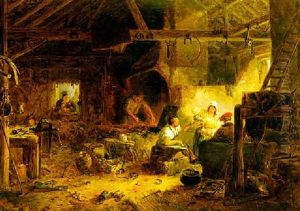Robert Brandard Paintings
Robert Brandard was an esteemed English engraver, born in 1805 in Leamington, Warwickshire. He is renowned for his landscape engravings, which capture the essence of English and European scenery with remarkable delicacy and precision. Brandard was a pupil of James Tibbits Willmore, under whose tutelage he honed his skills and developed a distinctive style that made him one of the most sought-after engravers of his time.
Throughout his career, Brandard collaborated with prominent artists and publishers, contributing to the popularization of landscape art in the Victorian era. His works were often featured in books, magazines, and as standalone pieces, allowing a wider audience to appreciate the beauty of landscapes that they might not otherwise have the opportunity to see in person.
Brandard's engravings are characterized by their meticulous detail, balanced compositions, and the ability to convey atmosphere and mood, making each piece not just a representation of a place, but a storytelling medium in its own right. Among his notable works are engravings after J.M.W. Turner, whose paintings of landscapes and seascapes benefited from Brandard's skillful interpretation in the medium of engraving.
Despite his success, Robert Brandard remained dedicated to his craft until his death in 1862. Today, his engravings are considered valuable by collectors and art historians alike, not only for their beauty but also for their contribution to the history of British art. Brandard's legacy lives on through his works, which continue to be admired for their technical excellence and artistic merit.
